As I peer through the chain-link fence of an urban community garden, my curiosity is piqued. Tropical banana trees towering overhead create a wild contrast to the surrounding concrete-bound east San Diego block. Leaves flapping on the mellow breeze gently bid me to depart the bustling city and enter an unassuming paradise. New Roots Community Farm is situated in the heart of the most diverse refugee resettlement neighborhood in the county since the 1970s, City Heights. The two-and-a-half-acre strip of land squeezed between two city streets is divided into ninety plots, each plowed and planted by individuals from over twenty-five different nations. The flora is as diverse as its caretakers, providing insight into each grower’s country of origin and the precious crops of those lands.
A flowering passionfruit vine climbs along the fence of a Jamaican gardener’s plot, its scores of fruit hidden among the leaves. Fluffy Sudanese cotton bursts forth from its pods across the way, ready to be harvested and de-seeded by hand. Meticulous rows of Cambodian water spinach occupy another space, while a Karen couple works in tandem to harvest an entire field of mustard greens. And as I offer a few disjointed Spanish phrases to one gardener, she responds with an unexpected gift of freshly harvested calabacitas.
Despite the diverse vegetation flourishing in the summer sun, there is one prominent plant sprawling across the soil of every plot and peeking over every fence: amaranth. This bit of earth I stand upon boasts the largest, most diverse production of it in San Diego County.

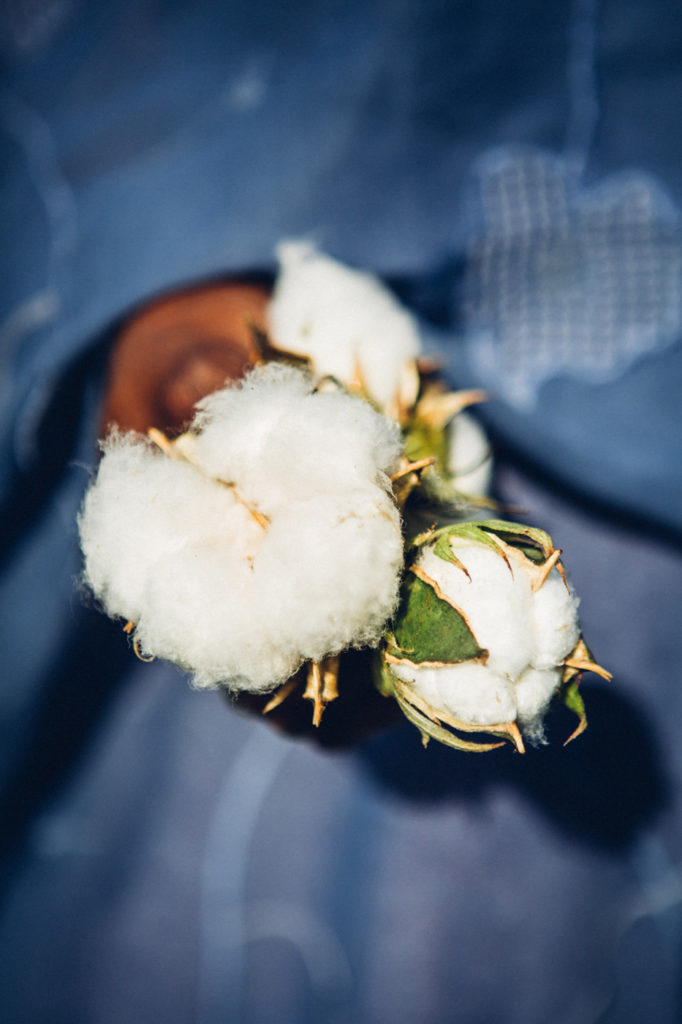
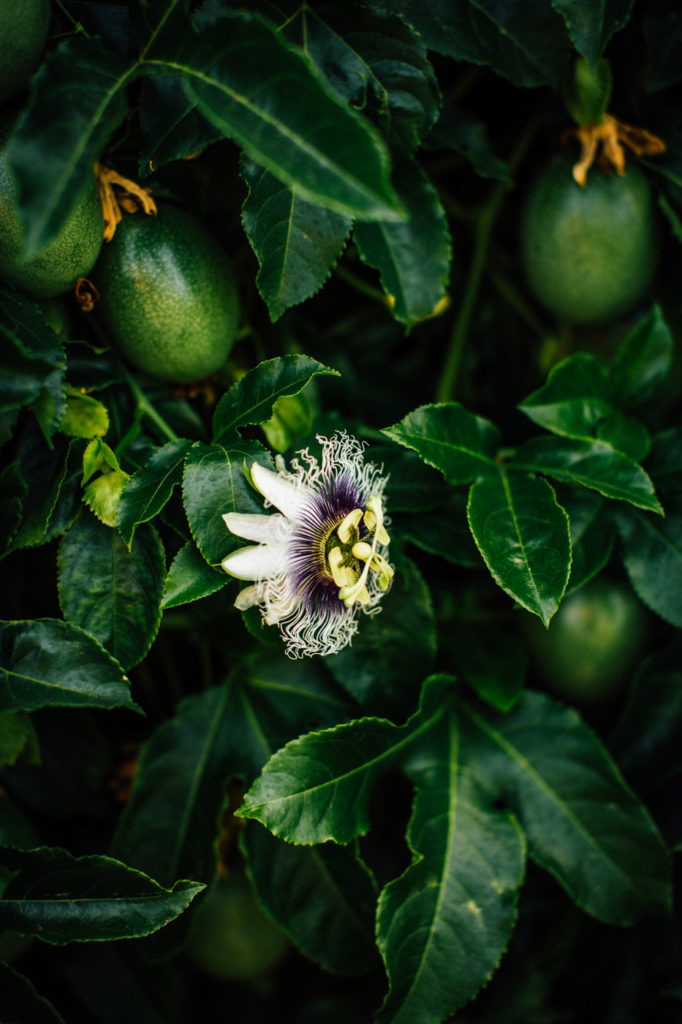
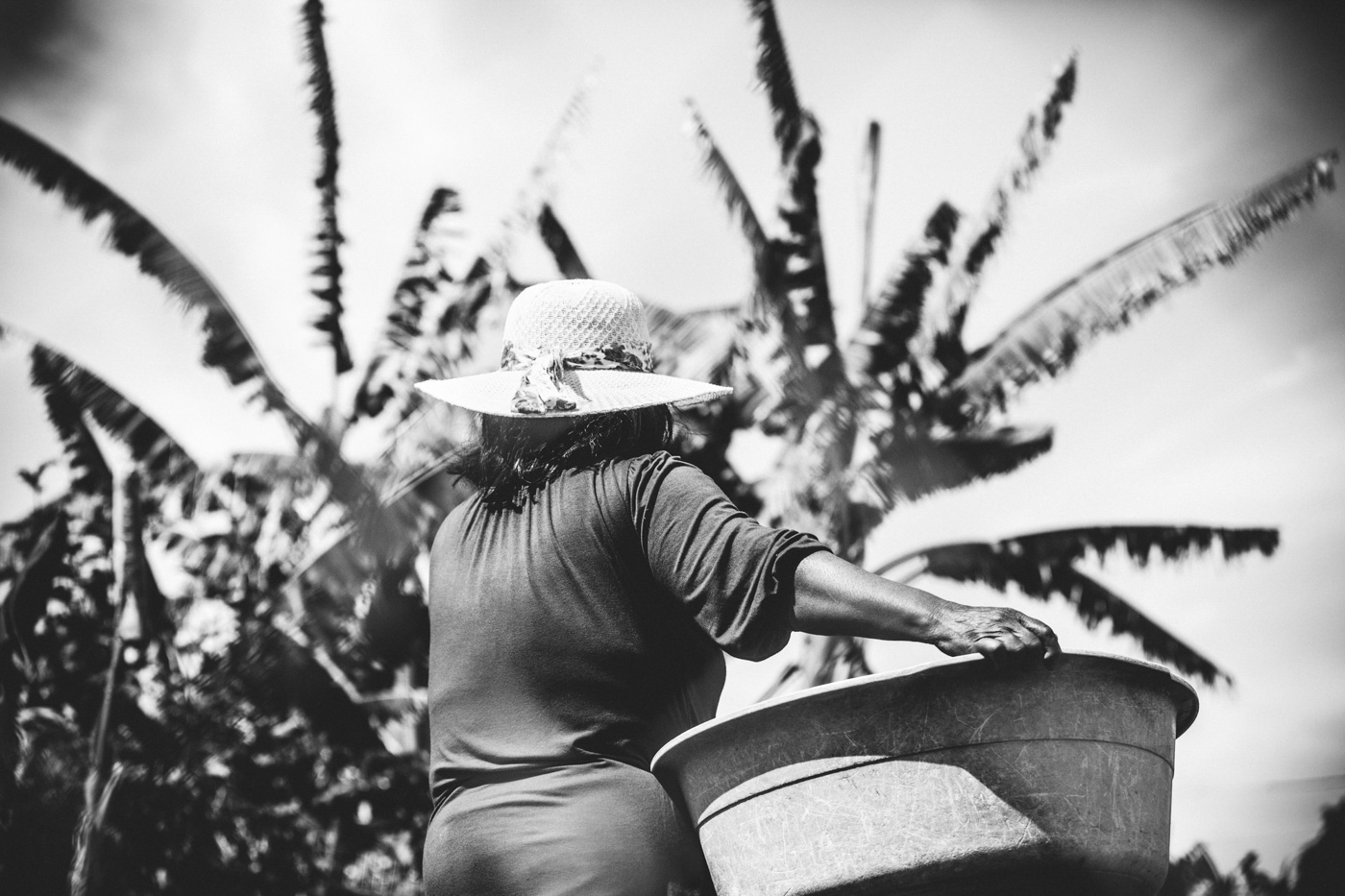
Beneath the garden’s thatched roof gazebo, a multicultural committee gathers to discuss the ninth anniversary celebration. Dissonant dialogues sputter around the table in various tongues, interpreting the phrases offered in the arduous common language: English. All are in agreement, the annual cook-off will be broadened this year to include dishes made with any plant from the garden rather than solely amaranth. The Cambodian woman beside me—last year’s reigning champion—rejoices that she’ll have a broader range of dishes to choose from.
When they move on to the discussion of t-shirts, the text and design are of minimal importance compared to one resounding non-negotiable: the focal point must be an image of amaranth. It has long been the symbol agreed upon by the community to represent not only their diversity, but their unity. It is grown in the gardens of all, provides sustenance to all, and when in bloom throughout the summer months, offers a unique beauty enjoyed by all. Though hailing from various nations, everyone lays claim to this ingredient as their own, pairing it with the familiar flavors of home. It carries the power to build bridges between those who have every barrier between them, penetrating the layers of language, culture, religion and race when sown in common ground.
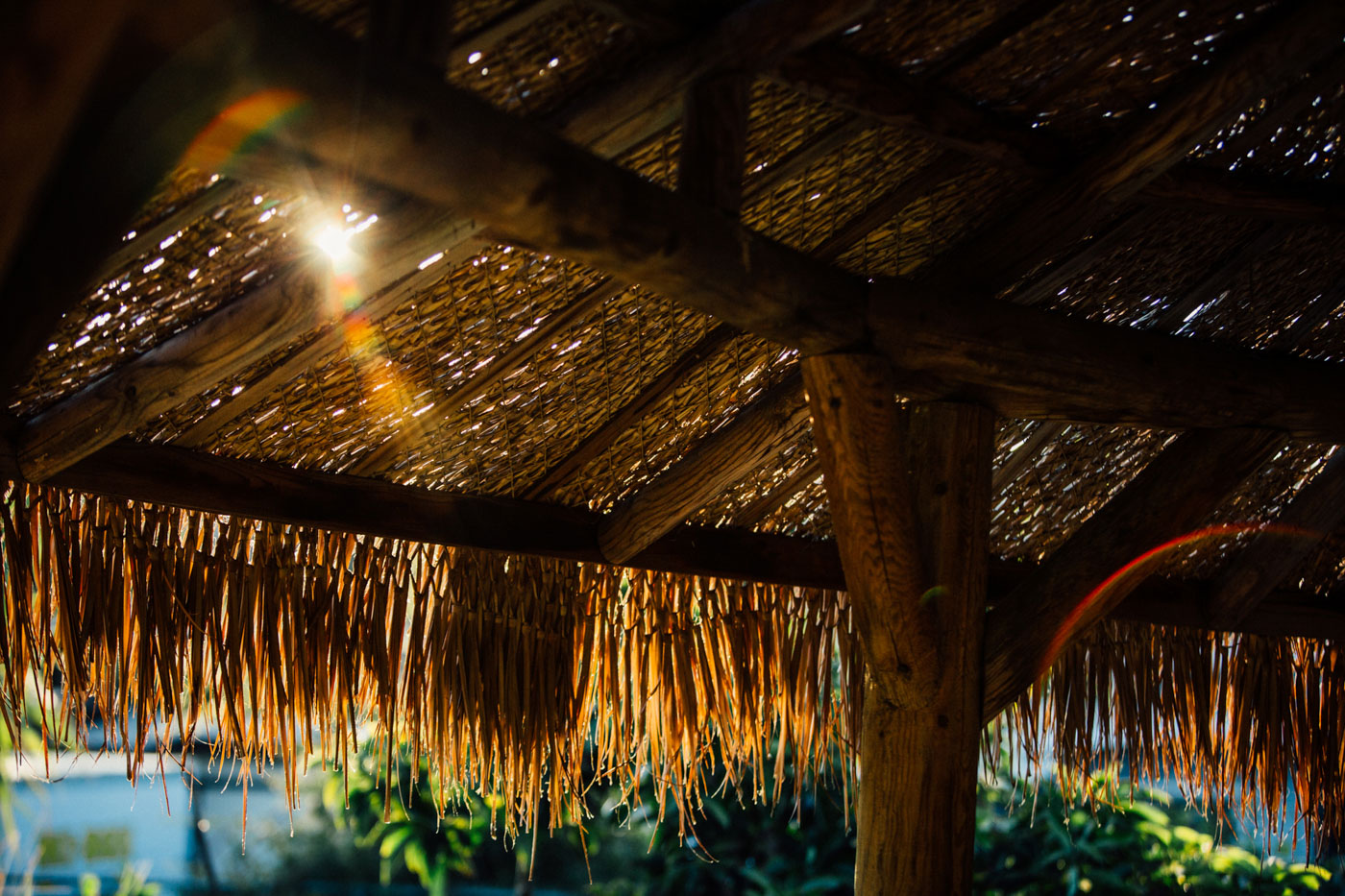

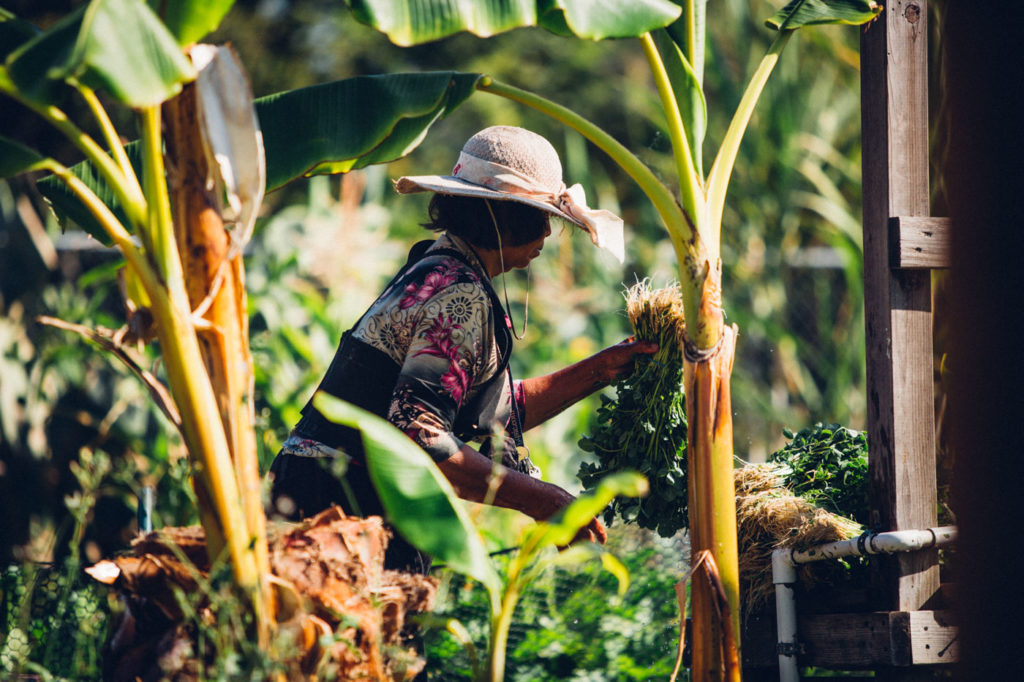
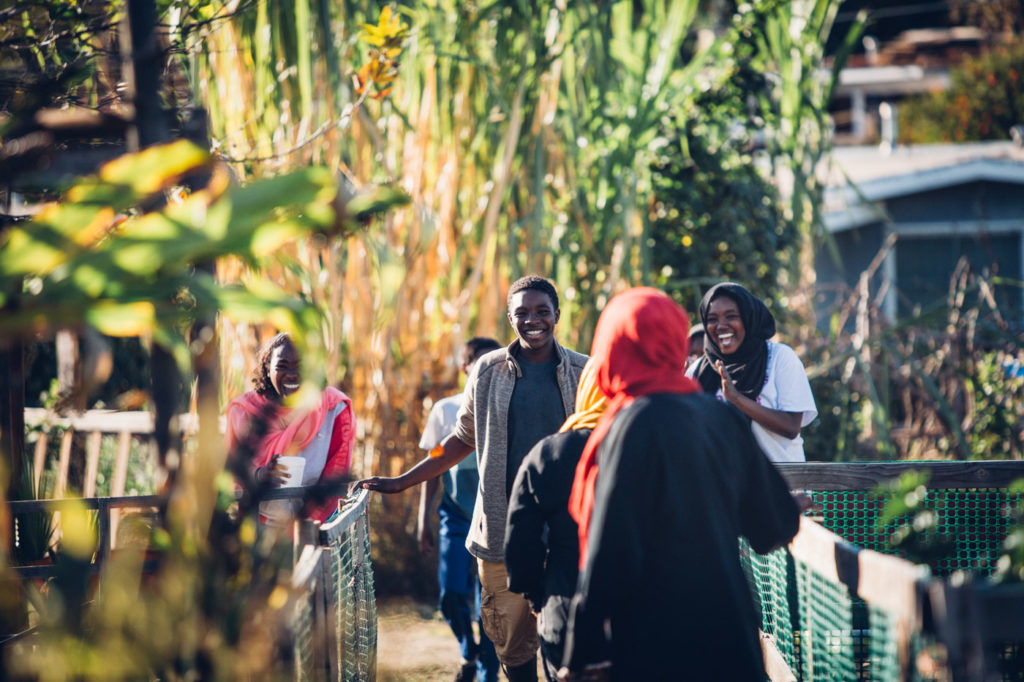
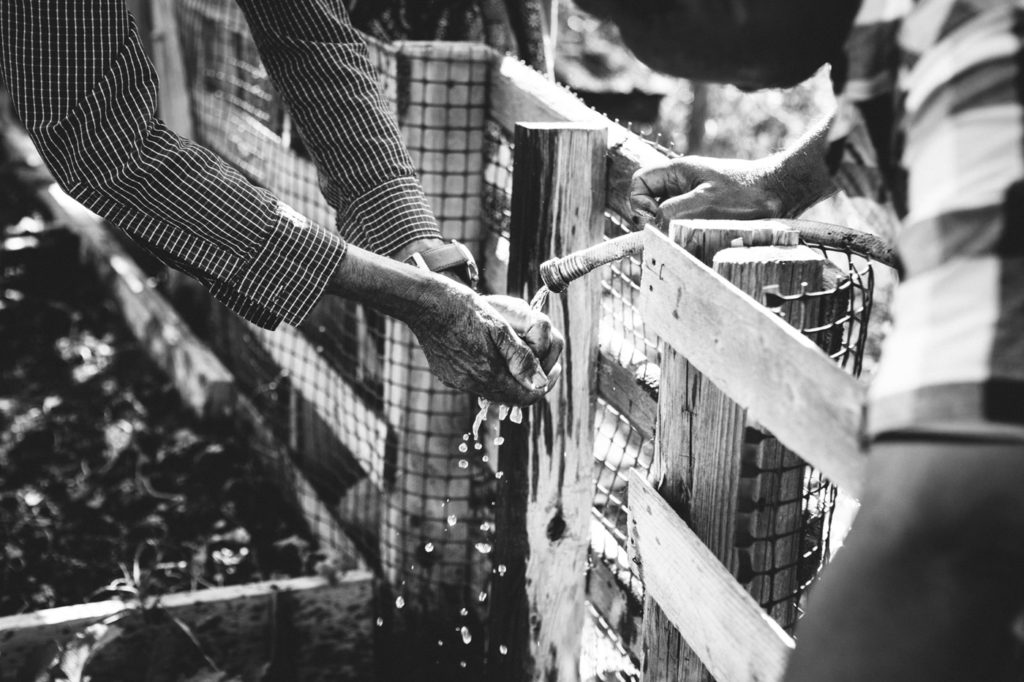
Some may be familiar with amaranth in its ornamental form, widely known as love-lies-bleeding. It’s a vibrant annual, recognized by long-lasting deep red or purple tassels that retain much of their color even after being dried. Or better yet, amaranth seeds: the cream-colored pseudocereal that is generally marketed as a high-protein grain alternative in the ever-increasing gluten-free, keto, and paleo markets. Impressively, grain-amaranth contains more protein than any other grain or pseudograin—including its lauded cousin, quinoa. One cup provides one hundred percent of the RDA (Recommended Dietary Allowances) for manganese, half for magnesium, and one-third for iron. Its abundance of lysine also fills a substantial gap in the modern diet since the amino acid is lacking in most grains.
In the 1970s, U.S. farmers began planting grain-amaranth in the Great Plains region. It has been grown on a small scale ever since, with health food stores as the primary market. Although a relatively obscure ingredient to most, within the health community it’s prized for its earthy, nutty flavor that is perfect for a breakfast porridge, granola or topping salads. It’s also used in conjunction with other flours for gluten-free baking or as a thickener in stews.
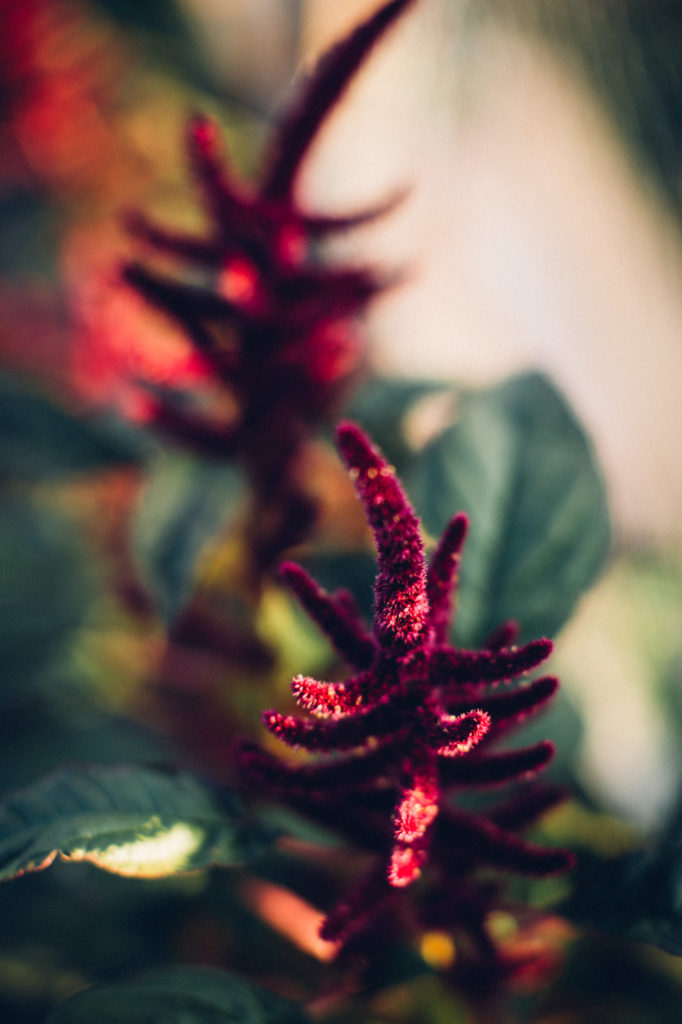
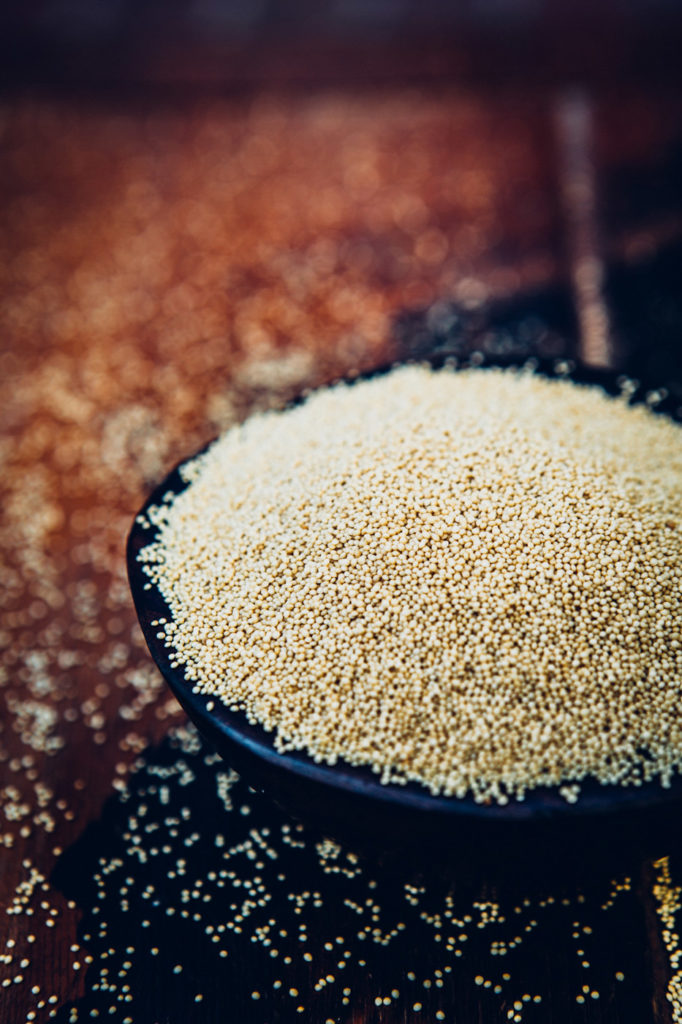
Amaranth was first cultivated some eight thousand years ago in Mesoamerica—a valuable crop for the Aztecs, Incas, and Mayans due to its nutrient-dense seeds. The Aztecs used the sacred seeds in religious ceremonies, mixing them with honey and even blood, then shaping them into idols to be worshipped and eaten. When Catholic conquistadors arrived on the scene, they were disturbed by the pagan practice, outlawed its cultivation, and set fire to expansive fields of this historic staple crop. But with over sixty thousand seeds per plant, a remnant survived and spread throughout the Caribbean, Africa and Asia.
The Mesoamerican varieties produced slightly larger grain-like seeds and were as vital to the local diet as beans and corn. They were ground into a flour to make tortillas and tamales or popped and made into a honey-sweetened candy called alegría—a popular Mexican treat to this day. When amaranth made its way to new lands, however, it was incorporated into diets primarily as a leafy green. Instead of cultivating five- or six-foot flowering plants they were harvested early, at less than a foot tall.
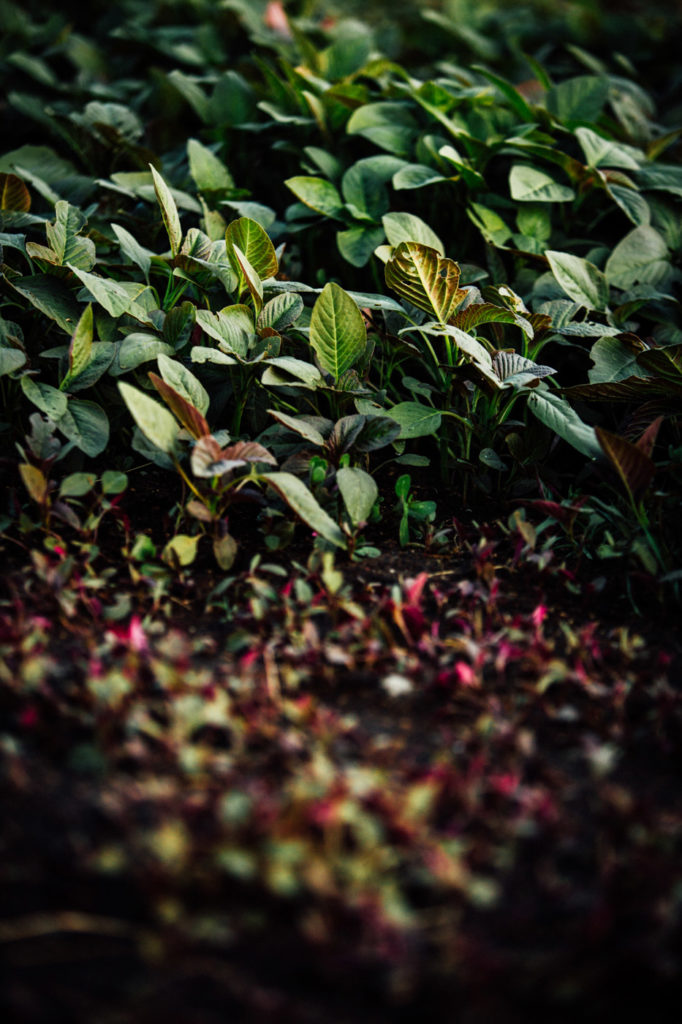

Along the garden path there are tall amaranth plants with blooming tassels of burnt-orange, green, and breathtaking crimson. Even more numerous are the fledgling plants hovering just a few inches above the soil. A lush carpet of leaves, accented by splashes of purple, hides every last trace of soil in one Ugandan gardener’s plot. In between sowing and watering, that gardener, Luchia Lokonyen explains in her culture the entire plant is consumed: leaves, stems, and all. The outer layers of the large stems must be peeled and boiled, but the small ones can be sautéed straightaway or served raw like spinach. She doesn’t consume the seeds, but at the end of the summer season, she will harvest seeds from just one plant, preserving enough for the coming year.
Lokonyen and others within the garden mainly grow amaranth varieties that produce tiny, black peppery seeds. When I confess that I’m more familiar with the slightly larger, beige-colored ones she laughs aloud, referencing the strange practice of Americans popping them over the stove to be eaten like miniature popcorn. This manner of preparation is actually rooted in the ancient Aztec method—always popped before topping foods or toasted before ground into a flour.

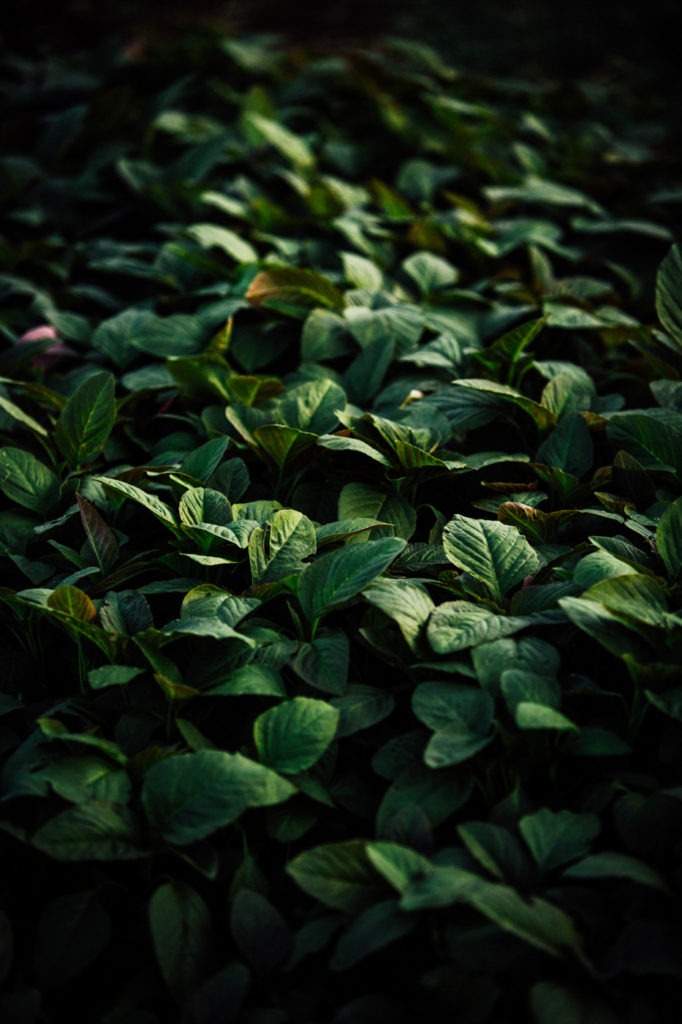
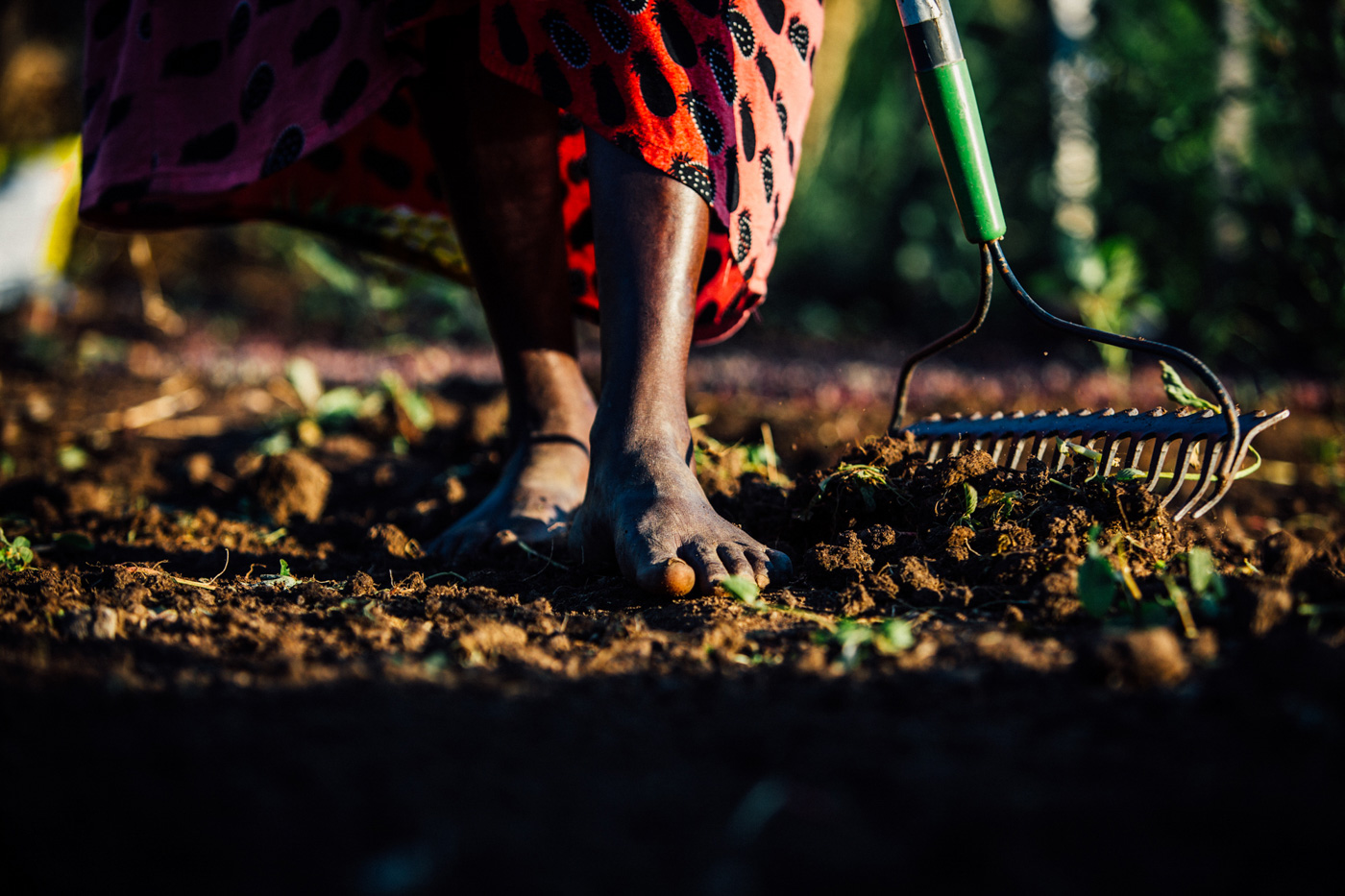
Although largely neglected in recent history, amaranth is currently making a comeback through Mexico’s National Crusade Against Hunger, due to its significance as an indigenous crop and ability to fill major nutritional gaps. There are several organizations in the Tehuacán Valley of southern Mexico working to increase its cultivation and incorporation into the Mexican diet through education and outreach programs. Fortifying corn tortillas with grain amaranth, for instance, has little effect on the flavor, while creating a complete protein on par with meat. The greens offer a calcium content almost equal to cow’s milk, and consuming both the green and seed can provide over seventy-five percent of a person’s daily nutrition requirements.
Amaranth serves as part of the answer to food insecurity and the need for resilient crops in light of climate change. While most at home in temperate zones, it flourishes even in intense heat and harsh soil conditions, requiring only half the amount of water as corn. Vast improvements are being documented in the Tehuacán Valley and surrounding areas, with a decrease in rates of malnourishment and obesity, making it a worthy addition to the modern Mexican diet and equally valuable for Americans plagued with similar diseases and issues of food security.
While there are nuances in varieties of amaranth, the plant is generally referred to as pigweed here in the U.S. It’s known as a resilient invader of cash crops such as wheat, corn and soy, infiltrating fields as a foreign nuisance that must be eradicated. Others see its widespread, effortless growth and resilience as a virtue, and its intrinsic nutritional value worthy of cultivating. Looking at the timeline of history up to the present, we can see this seed has had much to offer people throughout the world, but here in America it is viewed from such opposing perspectives that its progress has been stalled, along with its ability to benefit our nation.

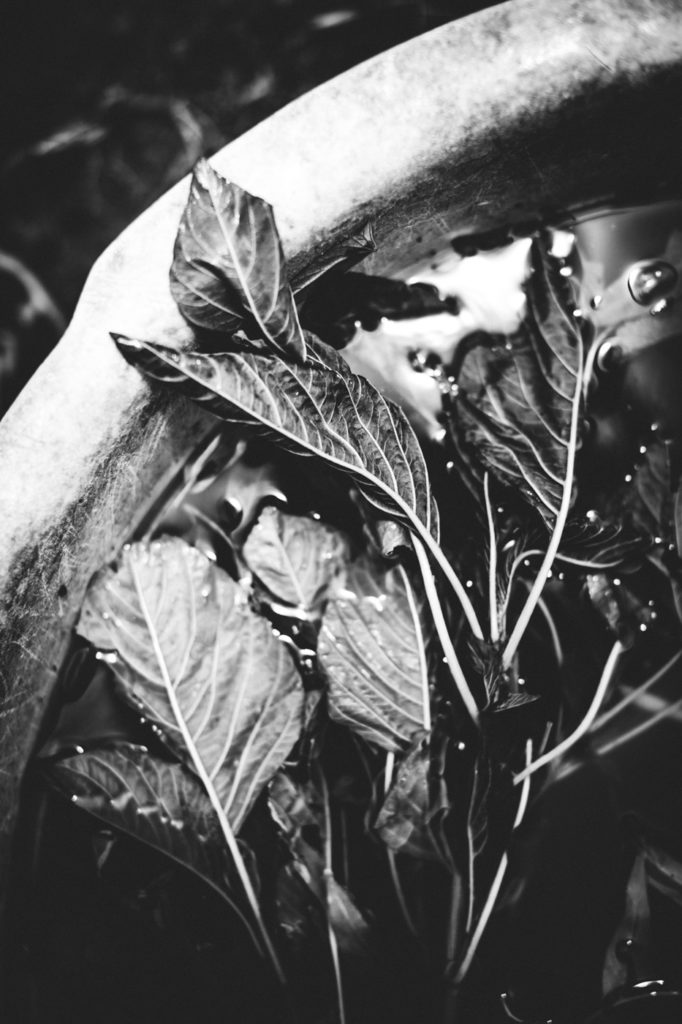
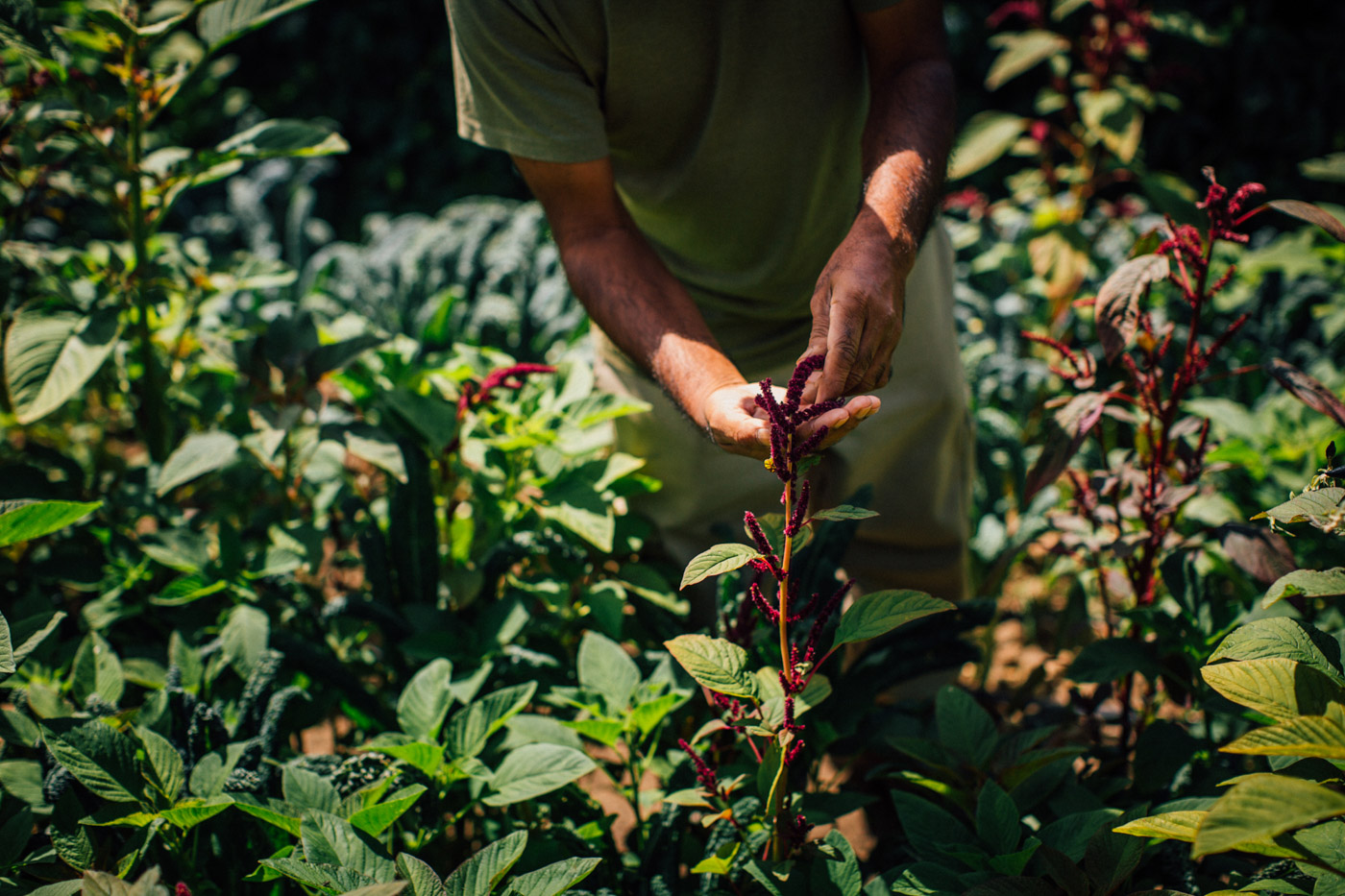
The sun is dipping toward the horizon as I return to Lokonyen who is finishing up the day’s harvest. Tomorrow, she will sell the tender amaranth greens to the international patrons at the City Heights Farmers Market. Attempts to sell at other, less diverse markets have proven ineffective since customers were completely unfamiliar with the green and reluctant to try it. She tells of her recent success in persuading an American to give the greens a try. He returned the following week raving about its flavor and texture and purchased even more. Although there are small gains like this one, progress is slow, but Lokonyen believes it’s imperative Americans learn the importance of including more greens in their diet, and she patiently educates patrons toward that end.
In thanking her for all she has taught me, I mention having been inspired to procure some amaranth seeds myself. Realizing mine are from the green-flowering plant she had described as being less flavorful, I purpose to obtain a different variety. She then pulls out a bag of her own and offers it to me. Knowing the laborious process it took for her to harvest them, I thank her profusely, insisting on no more than a handful. She provides me with more than enough seeds to fill my garden for this season, which will in turn reproduce enough for a lifetime.
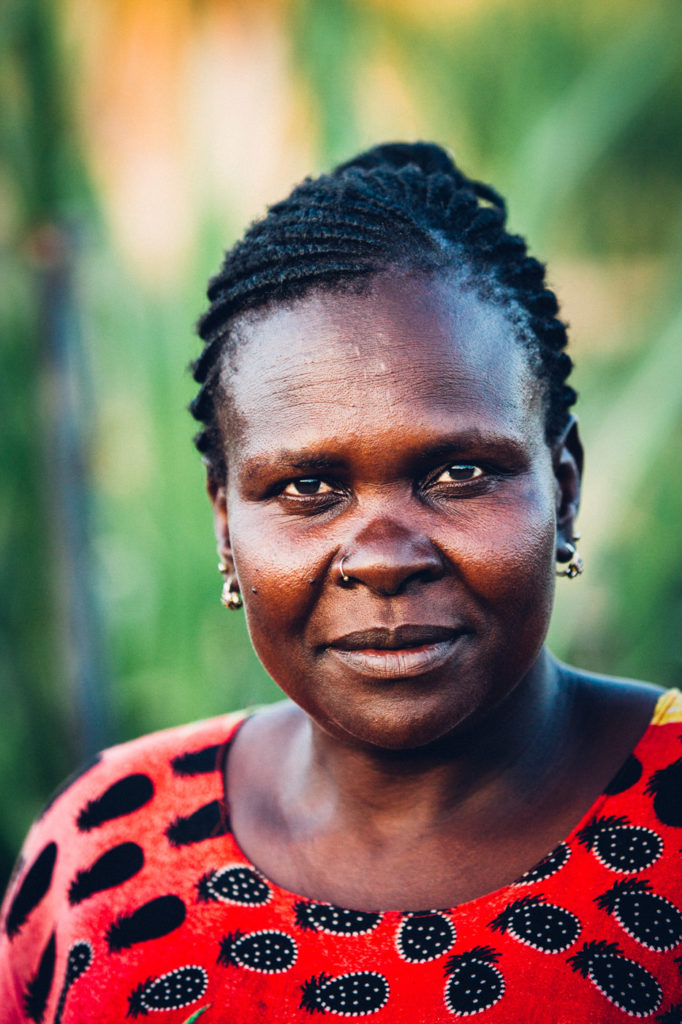

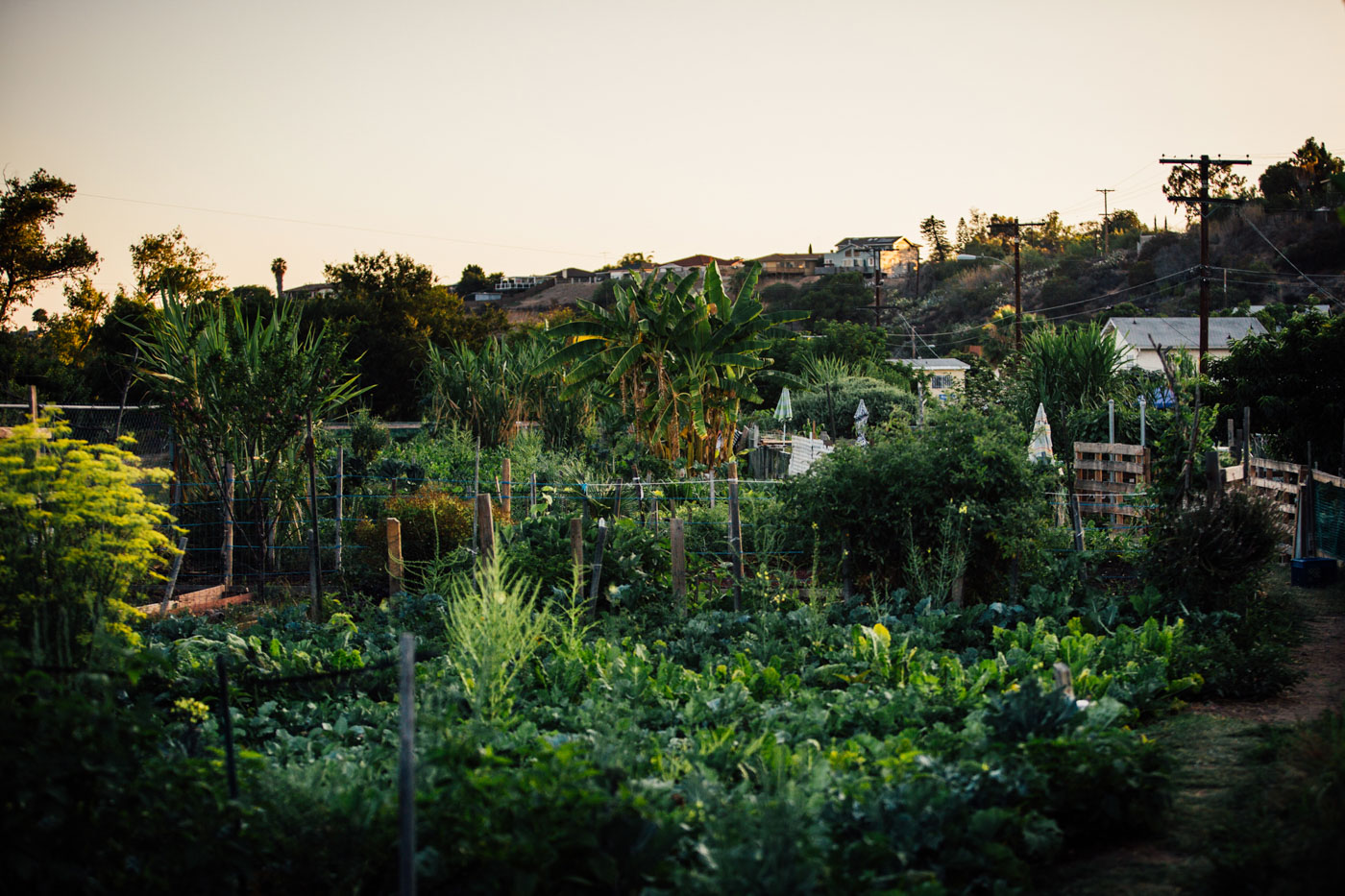
On my next visit to the farmers market, I leave with an armful of amaranth greens, giddy at the prospect of exploring a new ingredient impossible to find in any grocery store. Perhaps I’ll prepare a Caribbean stew called callaloo, or try my hand at amaranth dal. A very tempting prospect is tortas de quintoniles (amaranth patties), made by boiling and sautéing the greens, forming them into a patty stuffed with longaniza, dipping in an egg batter and frying, then topping with salsa verde. The simplest route, however, might be assimilating it into my daily routine, subbing amaranth for spinach in a morning scramble, on pizza, or even adding the fresh greens to a salad.
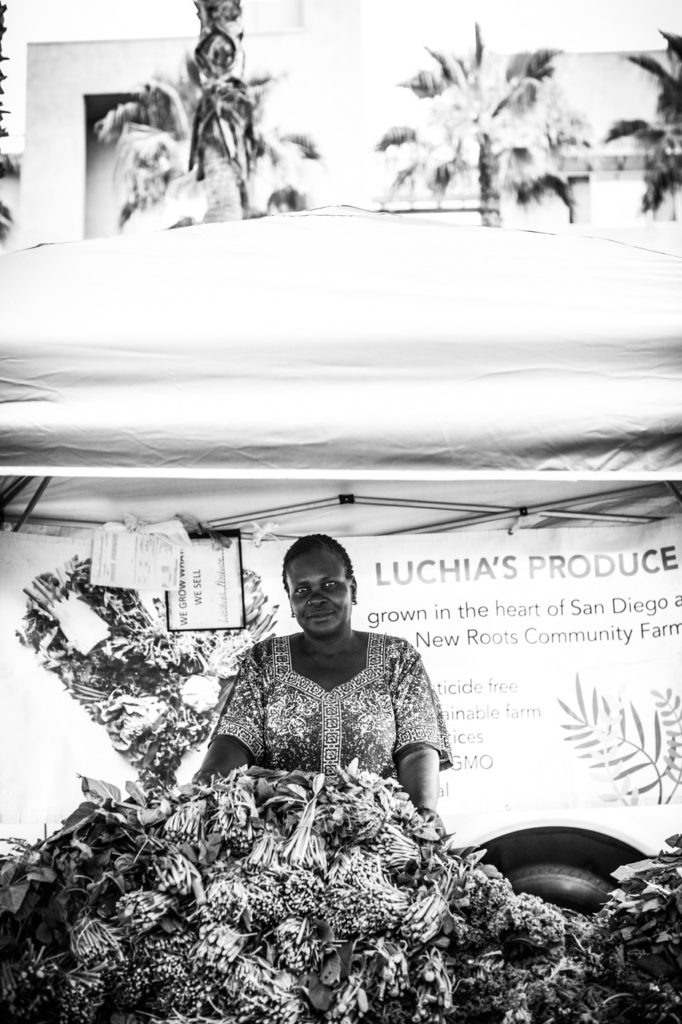
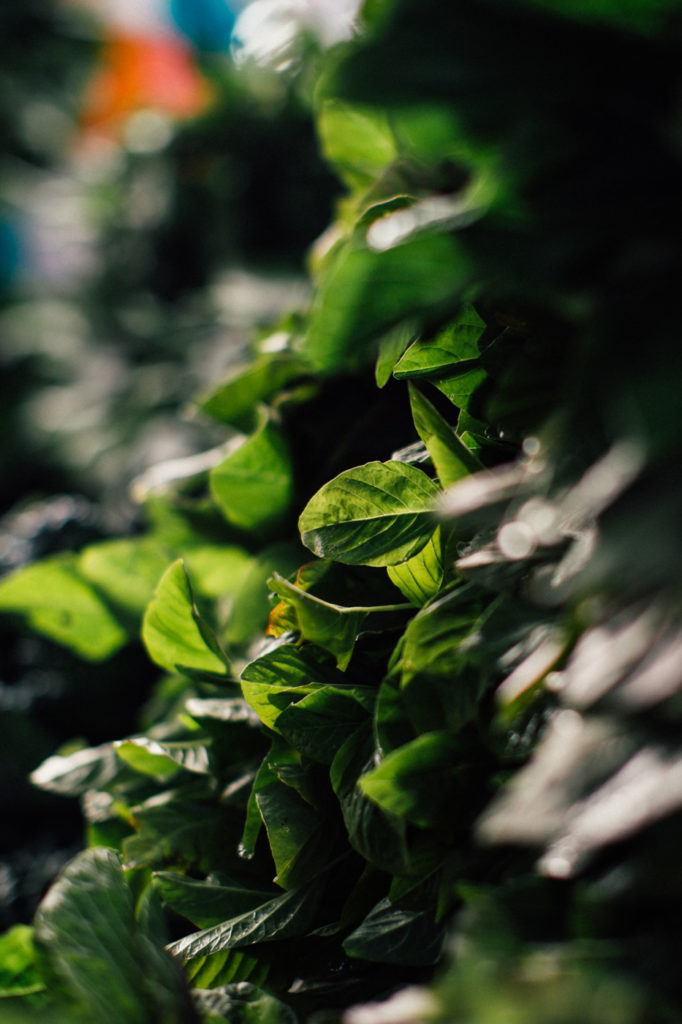
Amaranth is a gift from these urban farmers who bear the label of refugee, asylum seeker, or immigrant. They labor to strengthen not us and them, but one people. Enriching our lives and our health, expanding our horizons and the breadth of our palates, and offering a multifaceted richness to our nation and its people.
—
Roots—a Life & Thyme column by contributors Nicole Bravo and Lauren di Matteo—explores lesser-known stories of those who take a traditional approach to food to honor their heritage or to rediscover those useful, time-tested methods. These stories hone in on the lineage, history and perpetuation of cultural customs—or even the clashing of those values with the fast-paced life much of the world embraces today.







Our comments section is for members only.
Join today to gain exclusive access.